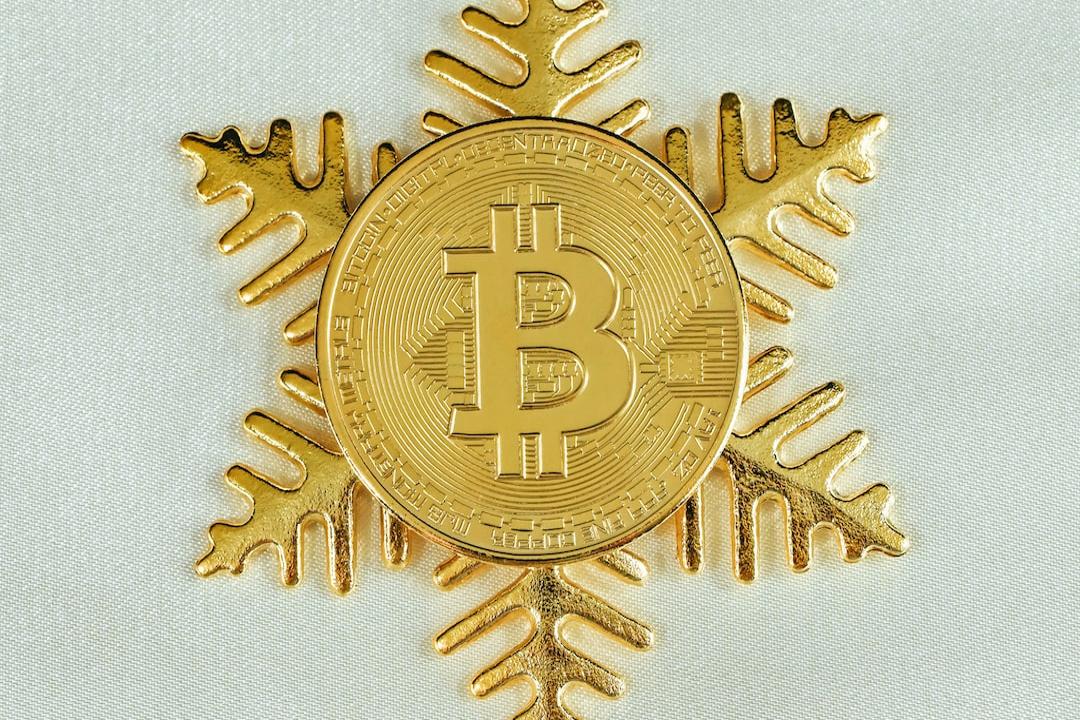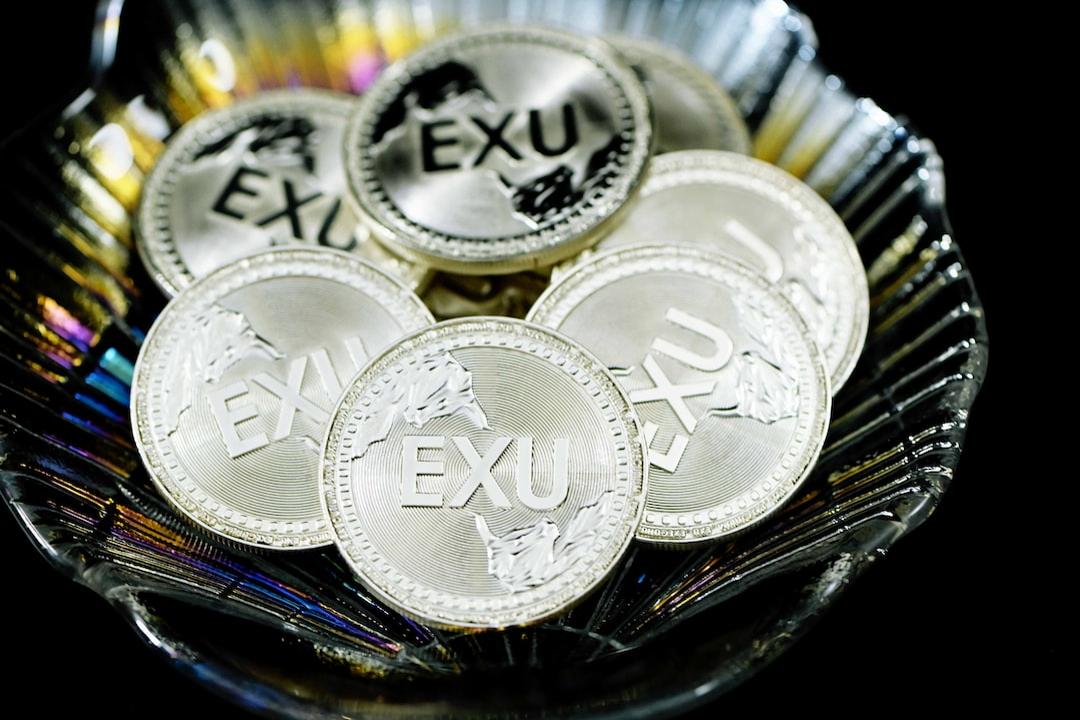Market Conditions and DeFi’s Resurgence
Recent market conditions have been sluggish, and with the hype around meme coins fading, market speculation has cooled, causing funds to flow back from high-risk, low-value speculative targets into areas that can offer stable profits—DeFi being one of them. Can Sonic leverage its advantages to become the next DeFi hotspot? Let’s take a closer look!
Previous Background: Alpha Mining Sonic DeFi New Star Rome: Introducing the “Dual Staking Mechanism + Burn Proof” to Build a Sustainable Token Economy
Additional Background: Alpha Mining Sonic Ecosystem BTC.ETH.USDT Liquidity Mining Strategy, Rings Protocol TVL Up Fivefold in One Week
Sonic and FTM Background
Sonic is a high-performance blockchain evolved from Fantom ($FTM). The native Sonic token, $S, will officially replace $FTM at a 1:1 exchange rate when the mainnet launches at the end of 2024. The core idea behind the evolution is to create Sonic as a Layer1 token with DeFi advantages. The following four features have a significant impact on on-chain interactions:
- Efficiency and Transaction Fees: Sonic can handle up to 10,000 transactions per second (TPS), with transaction fees below $0.01, improving the interaction experience for investors on-chain.
- EVM Compatibility: Developers can directly migrate Ethereum-compatible smart contracts to the Sonic blockchain. Compared to non-EVM blockchains like Solana and Aptos, Sonic makes it easier to deploy DeFi projects.
- High-Caliber Leadership: Sonic is led by Andre Cronje, known as the “Father of DeFi.”
- Stable TVL Growth: According to DeFiLlama, Sonic’s Total Value Locked (TVL) was only 26 million at the beginning of 2025, but as of writing, it has grown to 653 million, a more than 25-fold increase over three months, indicating strong investor recognition for Sonic DeFi.
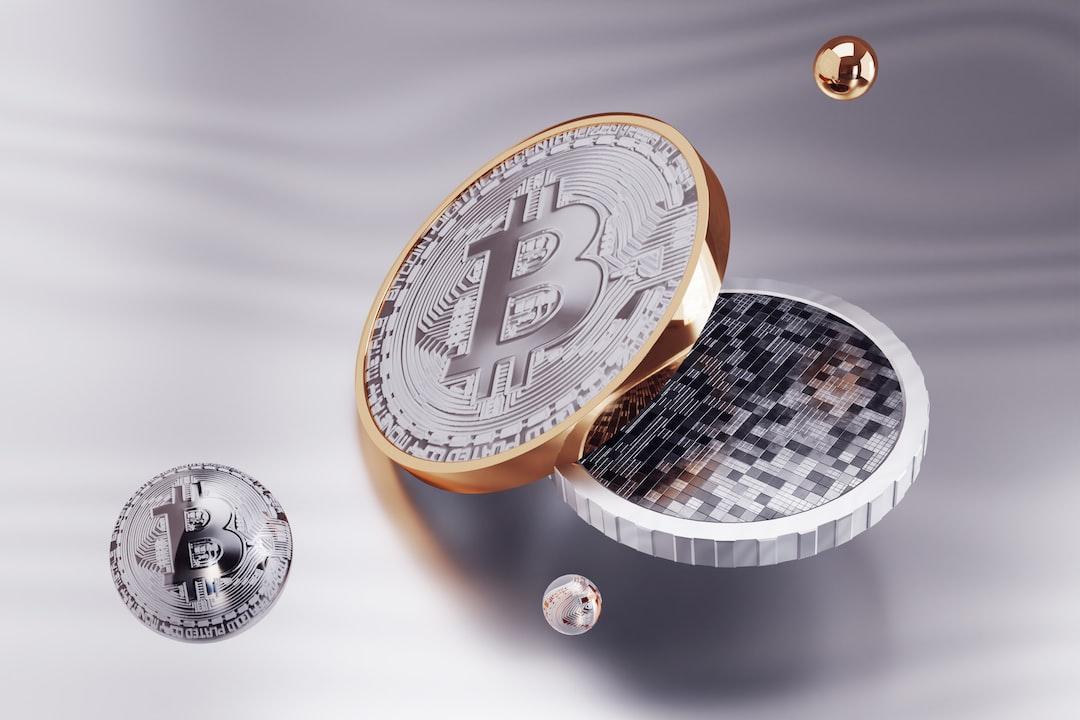
Sonic Chain’s DeFi Ecosystem
Decentralized Exchange (DEX) – Shadow Exchange
Shadow Exchange has become the leading DEX on Sonic thanks to the following highlights:
- x(3,3) Incentive Model: Shadow alters the original ve(3,3) model of FTM, allowing users to exit liquidity early without needing long-term staking.
- Platform Token: The platform launched $Shadow as a reward token, which can be swapped for $xShadow staking tokens. $xShadow can be used to earn protocol fees and voting incentives.
- TVL Surge: The total TVL on Shadow Exchange has reached 59 million. Although it is in a decline phase, it has still tripled compared to the previous month.
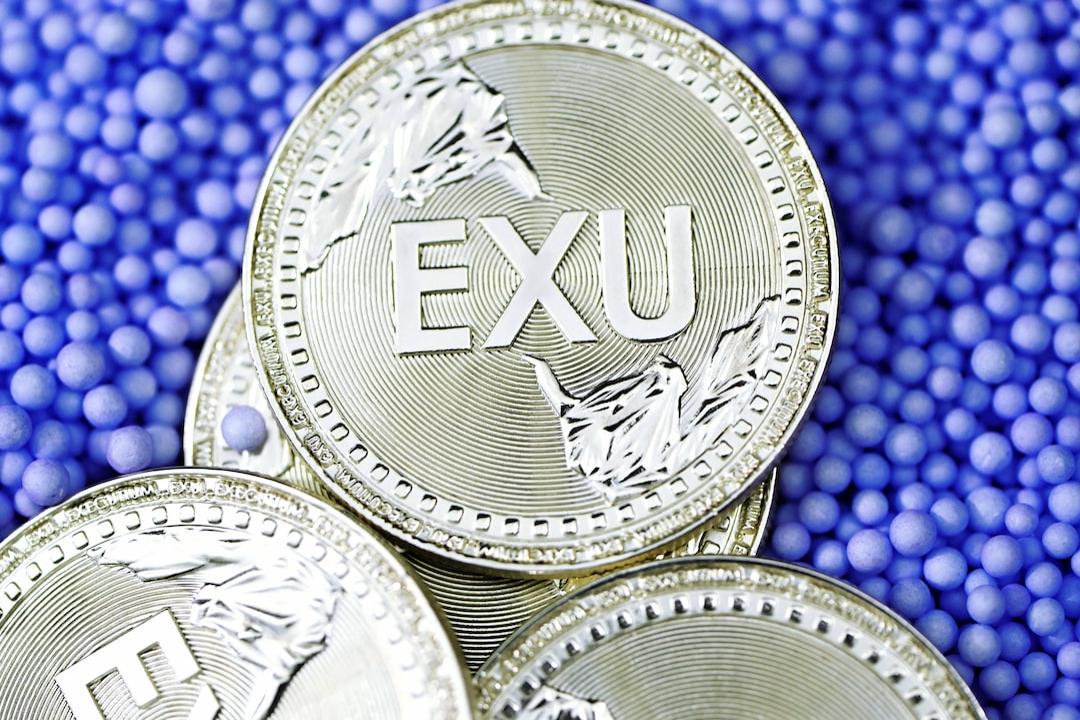
Currently, the liquidity pools (LP) on Shadow Exchange offer significant annualized returns. For example, the liquidity pool consisting of Sonic’s native token, $S, and stablecoin $USDC, even with the safest LP configuration, is projected to yield an annualized return of up to 327%.
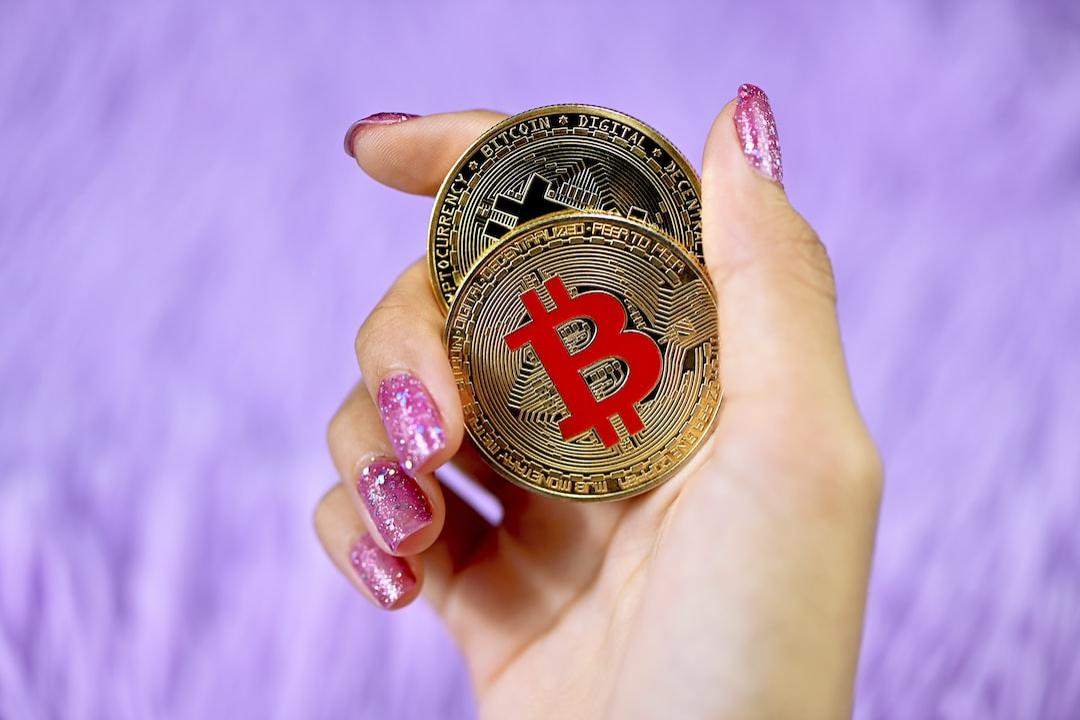
Decentralized Lending Platform – Eggs Finance
Eggs Finance focuses on depositing $S into smart contracts to mint $Eggs as collateral tokens. However, minting requires a 2.5% fee. After minting, users can borrow up to 99% of their value in $S, resulting in a loan-to-value ratio of 99%.
The loan term can be as short as one day or as long as 365 days. Loan interest is calculated on a linear basis and is collected when the loan is initiated, with a base interest rate of 0.05%. It is important to note that if a loan defaults, the collateral, $Eggs, will be burned.
GameFi – Petroleum Finance
Petroleum Finance is a 3D world-based GameFi where players purchase land and refining equipment to produce crude oil (COIL), which is then refined into tradeable oil (OIL).
Notably, Petroleum Finance airdropped 25 $COIL to specific NFT holders (Derp and Goggles) within the Sonic ecosystem as an early community incentive.

Sonic Tokenomics
$S is derived from $FTM at a 1:1 ratio, so the token distribution is traced back to the FTM token TGE. The following is the token distribution of Fantom during the upgrade to Sonic, with a total of approximately 3.18 billion tokens.
- User Rewards and Airdrops: 32.75%
- Founders and Team: 25.49%
- Investors: 41.76%
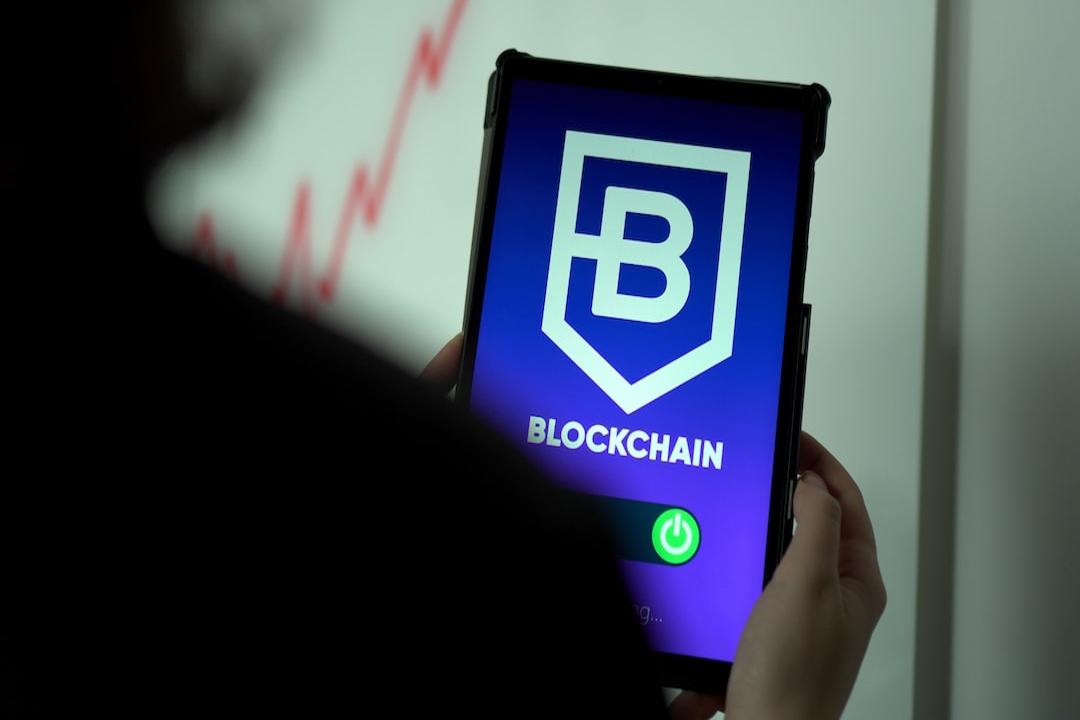
When the Sonic mainnet goes live, the total supply of $S will be 3.175 billion tokens. However, the official team has stated that an additional 6% (around 190 million tokens) will be minted as airdrop incentive rewards. The goal is to use these tokens to increase Sonic’s user base and attract investors to participate in DeFi activities. The airdrop participation method will be explained later.
Sonic Airdrop Burn Mechanism
Many investors may be concerned that the additional minting of $S could be a negative signal for long-term pricing. To address this, Sonic’s official team has introduced the following three burn mechanisms to prevent excessive token inflation:
- Airdrop Flexible Burn Mechanism: The 6% airdrop rewards will be unlocked with a linear decay mechanism. The special part of this is that Sonic allows users to claim their airdrop rewards early, but the earlier they claim, the fewer tokens they will receive. Any unclaimed rewards will be permanently burned.
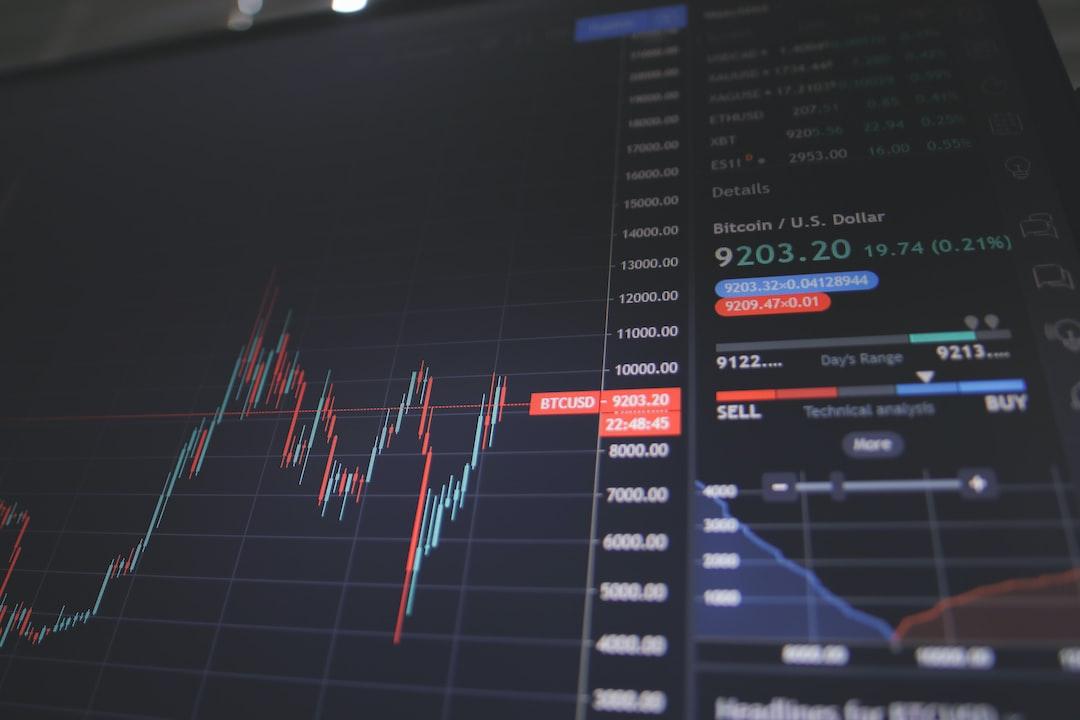
Airdrop Burn Example
Assume I receive 1000 $S in airdrop rewards, and the official policy allows each user to claim 25% (250 tokens) when the airdrop is announced. Then, there will be 750 $S tokens left to unlock. After 90 days, if I no longer have confidence in $S, I might want to claim the airdrop and sell it. According to the chart above, I will only be able to claim about 1/3 of the tokens (250 tokens), and the remaining 500 tokens will be permanently burned.
Compared to traditional airdrops (e.g., $ARB), this mechanism not only gives investors the flexibility to use their airdrops but also effectively reduces the circulating supply of $S.
Fee Monetization
Inspired by the Web2 advertising revenue models of platforms like YouTube, Sonic has introduced a monetization mechanism to incentivize developers to build on the Sonic blockchain:
- Non-Monetized Applications: If users submit transactions on non-monetized applications, 50% of the gas fees will be burned, and the remaining amount will be transferred to the ecosystem’s treasury and validators.
- Monetized Applications: If users submit transactions on monetized applications, up to 90% of the gas fees will be paid to the application’s developers, with the remainder paid to validators.
Useless Token Burn
To ensure that the newly minted airdrop rewards of $S are used for ecosystem development, any unused tokens at the end of the year will be burned rather than kept in the treasury as reserves. This will effectively prevent inflation.
Sonic Airdrop Participation Methods
The Sonic airdrop standard is Sonic Points, and the airdrop is expected to run until the end of June 2025. Investors can earn Sonic Points mainly through the following two methods:
- Passive Points – Hold Assets: Users can earn passive points by holding the following assets directly in a decentralized wallet (e.g., MetaMask).
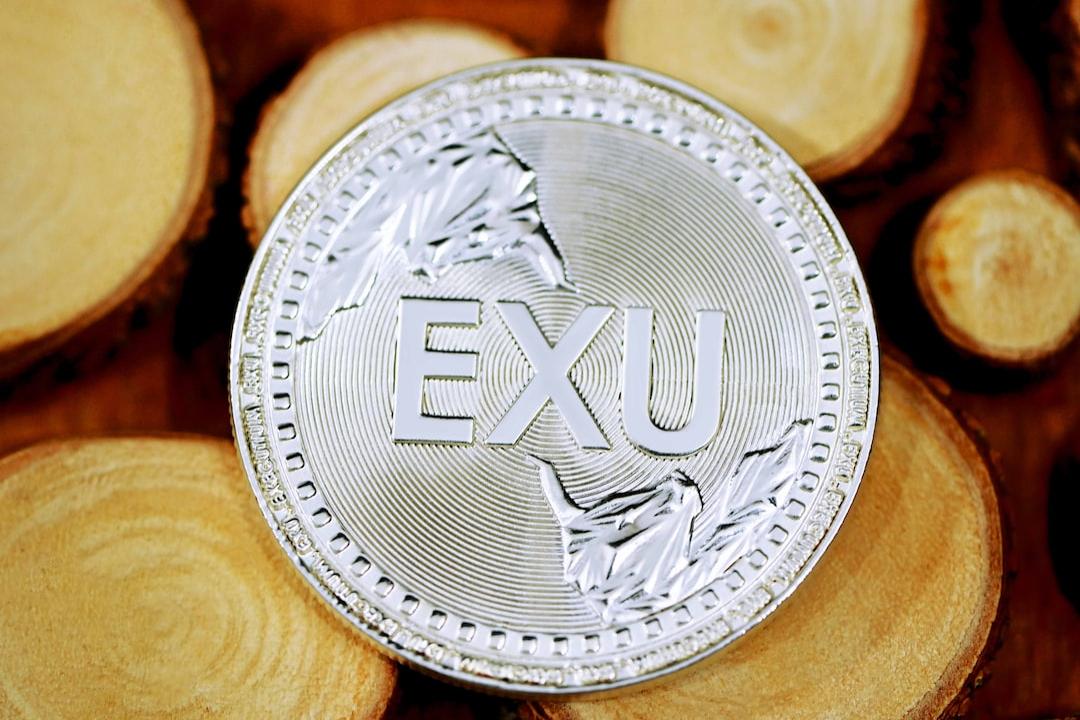
Note that WETH, scUSD, scETH, scBTC, LBTC, SolvBTC, and SolvBTC.BBN only earn activity points and not passive points. The whitelist assets may change at any time, and detailed information can be found in the official Sonic documentation.
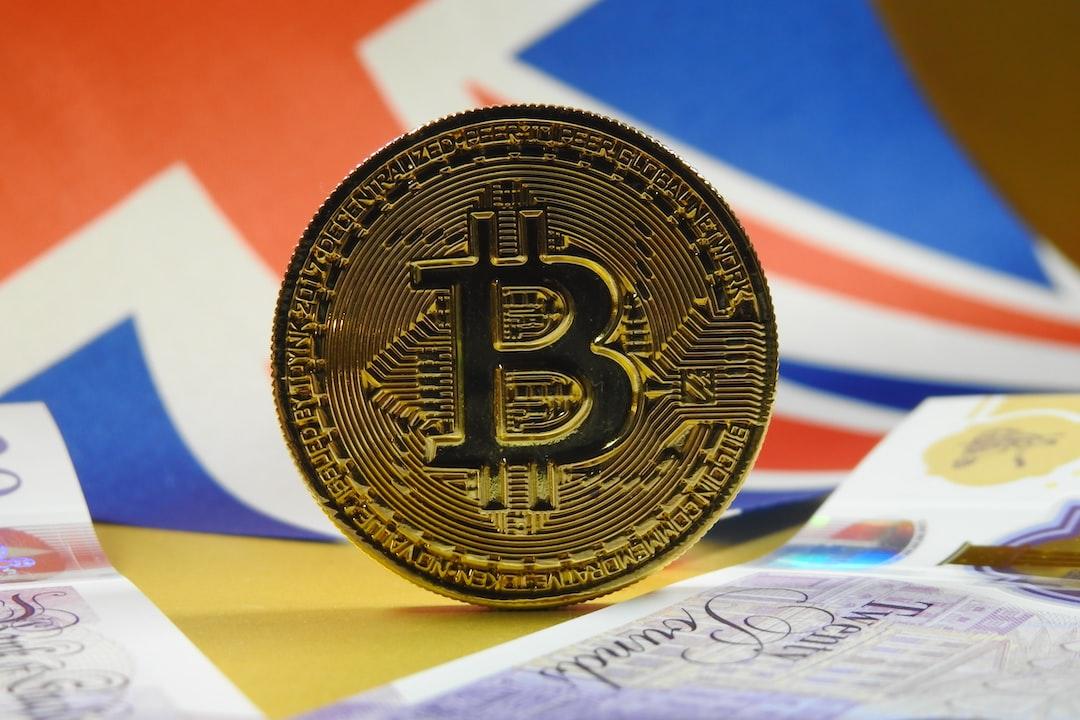
Activity Points – Deploy Assets on DApps
By deploying the listed whitelist assets as liquidity in DApps, users can earn activity points, which offer 2x the points compared to passive holding assets. Users can view which applications provide points on the DApp list. For example, participating in the S/USDC.e liquidity pool on Shadow Exchange can earn 9x the points.
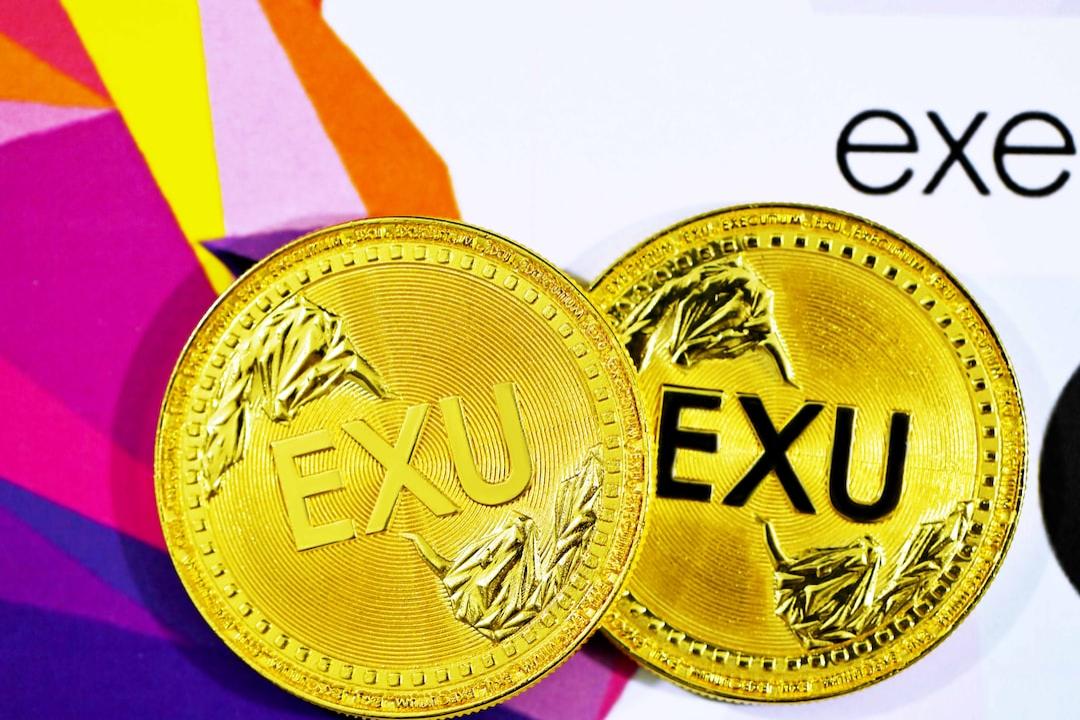
Sonic Points Center
Users can view their accumulated airdrop scores and rankings in the Sonic Points Center, which also provides an easy interface to help users acquire whitelist assets.
Comparison with Other EVM-Compatible Blockchains
This article compares Sonic with Avalanche and BeraChain, both EVM-compatible. Here’s a brief introduction to these two blockchains:
- Berachain (Bera): A strong emerging contender, BeraChain is an EVM-compatible Layer1 blockchain with its mainnet launched in February 2025. It focuses on liquidity consensus (PoL) and is considered one of the high-potential chains for future DeFi development, though its mainnet has only been online for less than six months, and much is still unverified.
- Avalanche (AVAX): A stable revenue pillar, Avalanche C-Chain uses the Snowman consensus to enable efficient scalability, making its DeFi ecosystem mature and stable. However, Avalanche does not have large-scale airdrop plans, mainly relying on stable staking rewards and ecosystem earnings to attract long-term holders to remain active on Avalanche.
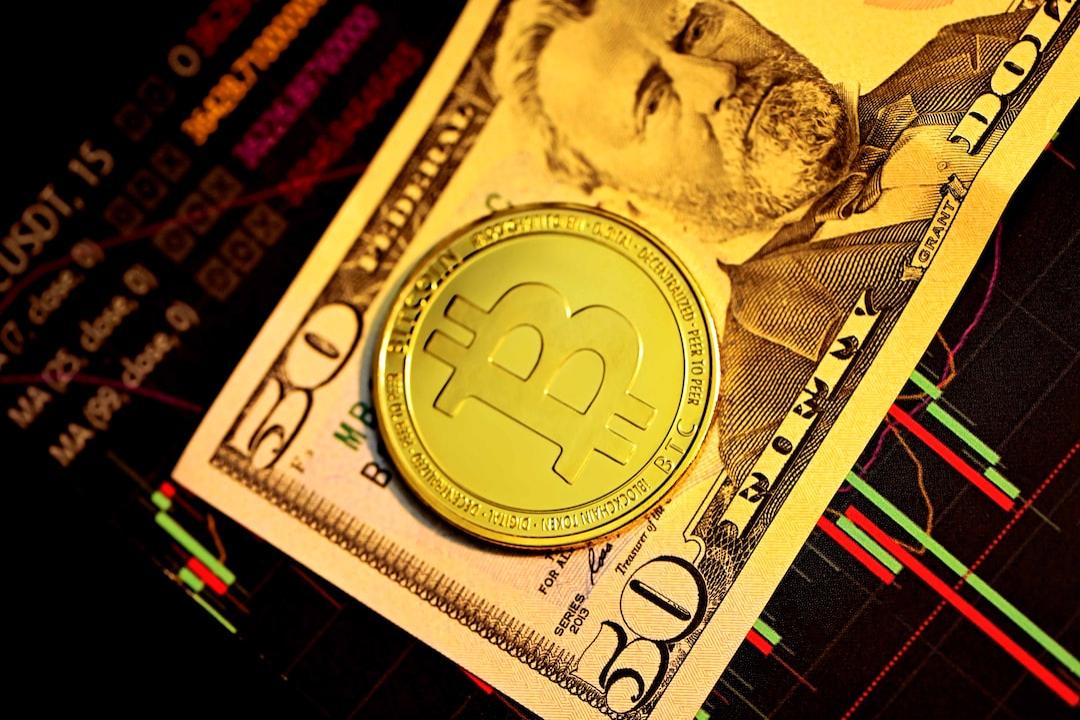
App Revenue Comparison
App revenue refers to the income generated by decentralized applications (DApps) in the blockchain ecosystem. It typically reflects the ecosystem’s active status but cannot directly represent the blockchain’s income. Since BeraChain’s mainnet launched only in February, the comparison starts from that month, observing weekly data from DeFiLlama.
Sonic’s peak app revenue was $3.1 million in a week, and it consistently achieved over $1 million in weekly income.
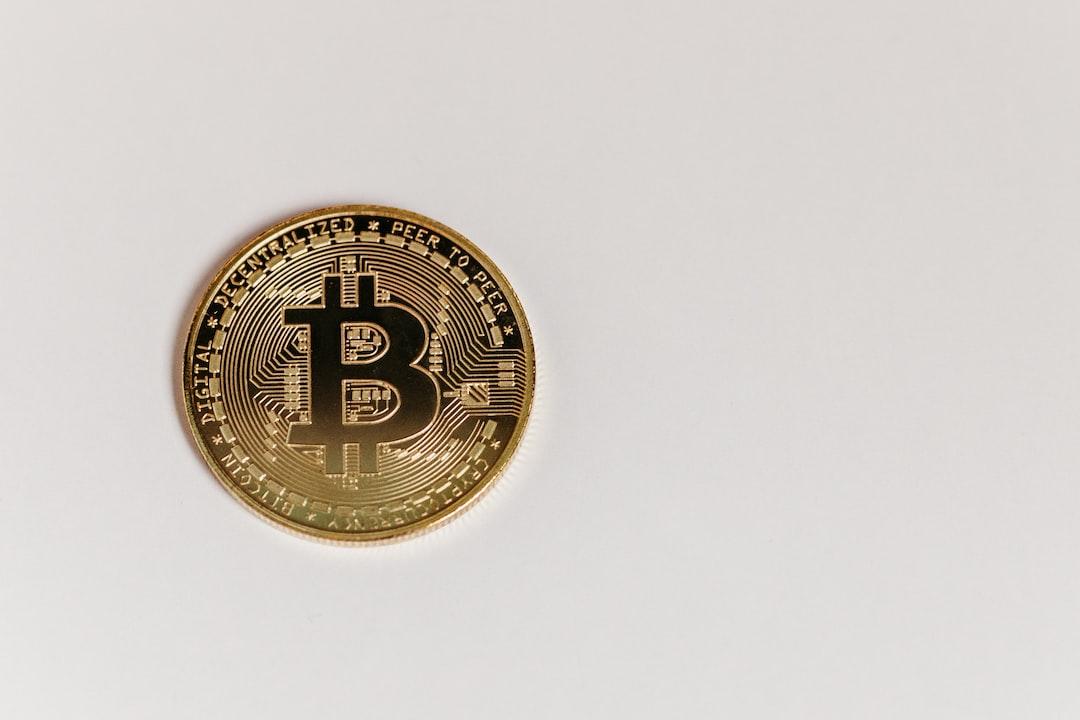
BeraChain’s peak app revenue was $502k in a week, with an average above $100k.
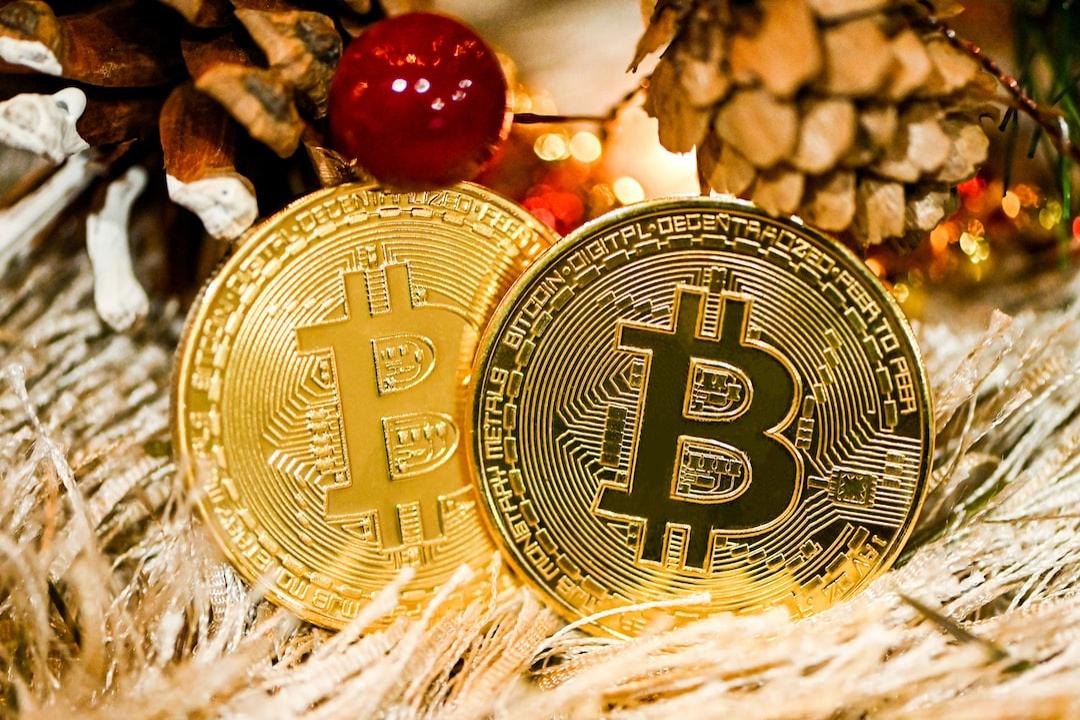
AVAX’s peak app revenue was $1.32 million in a week, with an average above $300k.
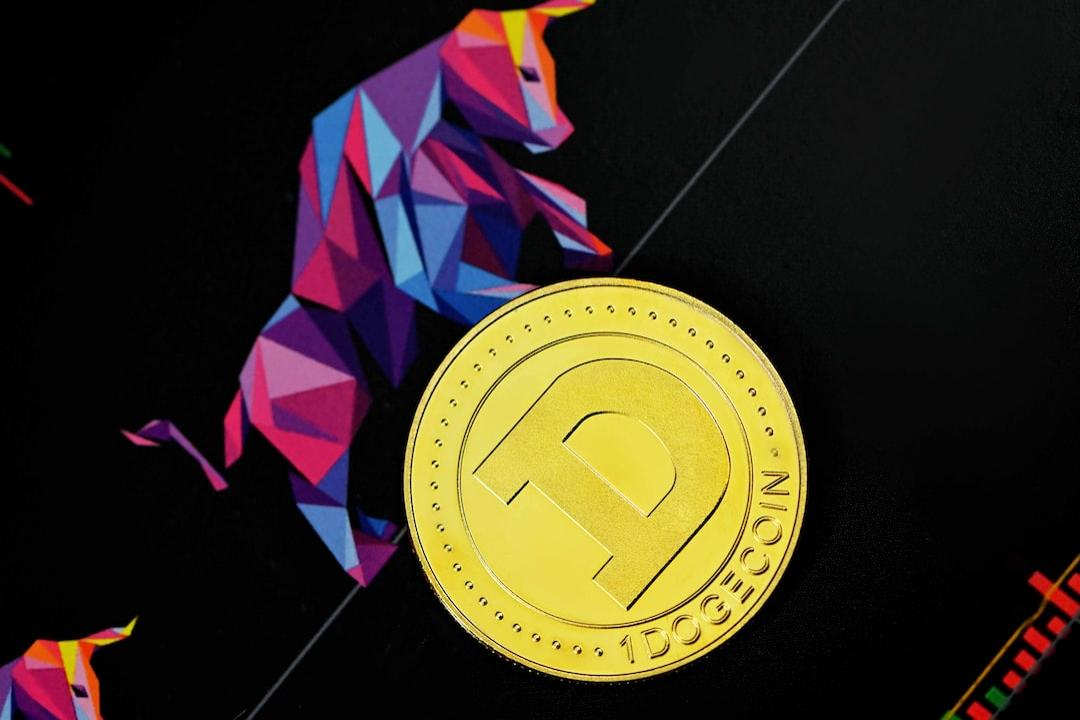
Sonic’s app revenue since February reflects the strength of its DeFi ecosystem. Although its TVL still lags behind Bera and Avax, its higher income demonstrates Sonic’s efficiency and low-cost advantage, highlighting its active ecosystem. However, there is still the potential impact of airdrops, and it remains to be seen whether such high income can be sustained in the future.
P/S Ratio Comparison
P/S (Price-to-Sales) Ratio can measure a blockchain’s market value relative to its ecosystem’s revenue, helping determine whether the blockchain is overvalued or undervalued (a high value suggests overvaluation, and vice versa). Since BeraChain is a new blockchain and most tokens are still locked, this analysis uses the circulating market cap.
Sonic’s market cap is approximately 1.29 billion, and its app revenue generates about $145,630 daily. The rough estimate for the PS ratio is 24.
BeraChain’s market cap is about 659 million, and its app revenue generates $26,467 daily. The PS ratio is roughly 68.
AVAX’s market cap is around 7.8 billion, and its app revenue generates $110,805 daily. The estimated PS ratio is 193.
Sonic’s PS ratio is clearly undervalued compared to Avax and slightly lower than Bera, primarily due to Sonic’s smaller FDV and greater revenue generation through DApps. For investors seeking high returns and undervalued opportunities, this could be a potential observation point.
Fantom and Sonic Development Roadmap
Prior to its evolution into Sonic, Fantom achieved the following plans:
- Q1-Q2 2023: Gas reform and DApp ecosystem expansion suite.
- Q3 2023: Fantom Virtual Machine (FVM) testing, now postponed to Sonic development.
- Q4 2023 – Q1 2024: Storage mechanism upgrades and ecosystem integration (already implemented in Sonic).
- Q4 2024: Fantom officially evolves into the Sonic blockchain.
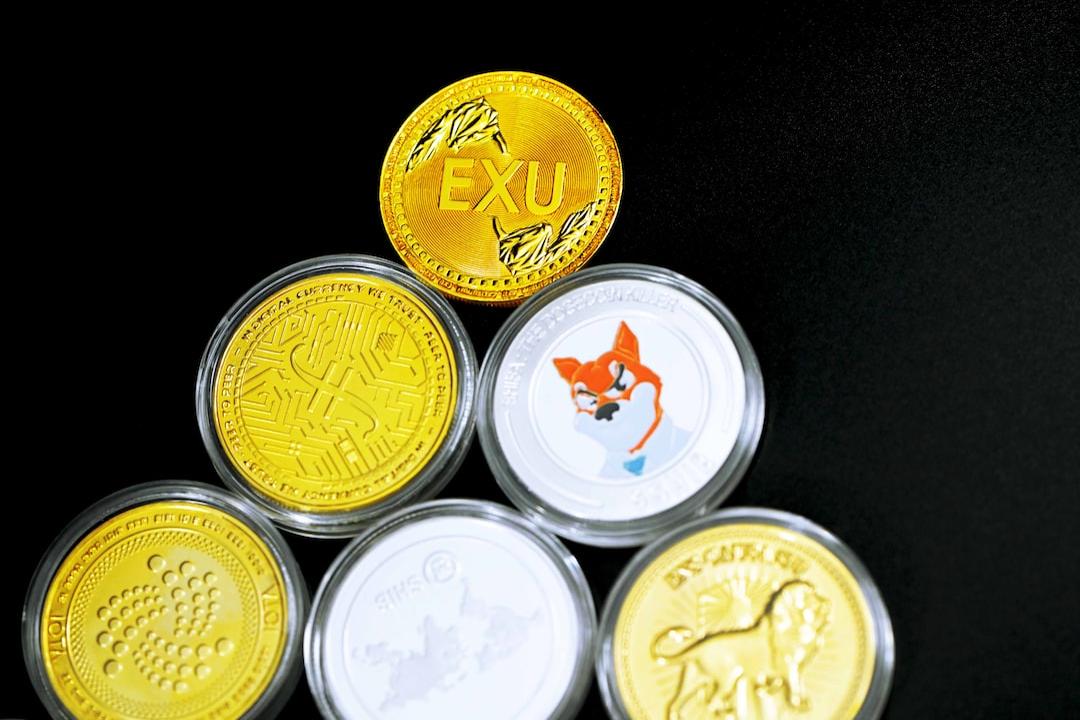
Officially, Sonic has not yet announced any roadmap details since its launch. Based on the above information, I speculate:
- Q1 2025: Ecosystem development phase, with airdrop expectations to attract investors and gradual growth.
- Q2 2025: Distribution of airdrops as incentive rewards to verify whether the airdrop mechanism attracts more investors.
Conclusion
Sonic, as a Layer1 blockchain evolved from Fantom, lays a strong foundation for DeFi with its 10,000 TPS processing efficiency, low transaction fees, and EVM compatibility. For airdrop-focused investors, participating in the Sonic ecosystem not only provides DeFi earnings but also an opportunity to accumulate points for airdrops. However, it is important to note that Sonic is still a newly evolved blockchain, and both its technology and market performance need further verification. Investors should cautiously assess the risks of using it daily.
This report is for informational purposes only and does not constitute investment advice or decision-making basis. The information, analysis, and opinions presented are based on the author’s research and publicly available sources and may involve uncertainty or change. Readers should carefully make investment decisions based on their own circumstances and risk tolerance. For further guidance, it is recommended to consult with a professional advisor.
